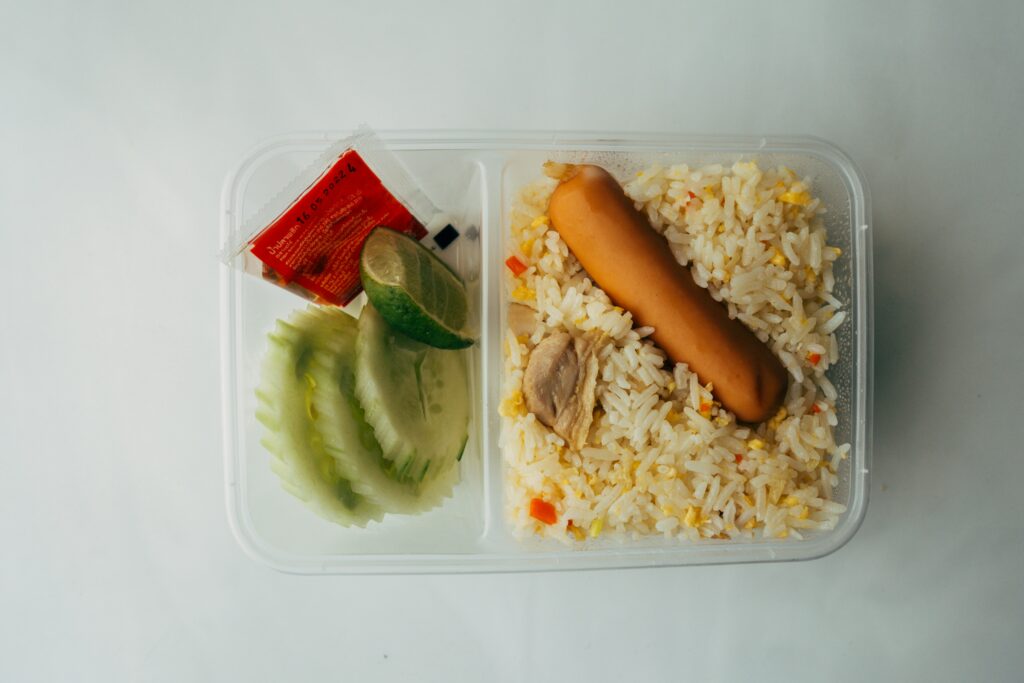What Are Macros, Really?
Macros—or macronutrients—are the three key building blocks your body uses for energy and basic function: protein, fats, and carbohydrates. Every bite of food has some combination of them, and each one plays a different role in keeping you upright and moving.
Protein helps repair tissue and build muscle. It’s also involved in hormones and immune defense. Fats aren’t just extra calories—they’re essential for brain function, absorbing nutrients, and keeping you feeling full. Carbohydrates are your body’s go-to for energy, especially during workouts and brain-heavy tasks.
Now, don’t confuse macros with micronutrients. Micronutrients are vitamins and minerals—like iron, vitamin C, and calcium. You need them in smaller amounts, but they’re just as important for overall health. Macros are about energy and structure. Micros are more about regulation.
So, understanding macros is foundational. Get them right and the rest of your diet has a place to land.
Protein: The Rebuilder
Protein isn’t just for bodybuilders. It’s the raw material your body uses to repair muscle, produce essential hormones, and keep your immune system running like a well-oiled machine. Every cell in your body relies on protein to function. When you work out—or even just go through daily wear and tear—protein steps in to rebuild and reinforce.
You’ll find it in obvious places like meat, poultry, fish, and eggs. But it also lives in dairy products, legumes like lentils and chickpeas, and a growing list of plant-based options like tofu, tempeh, quinoa, and even high-protein grains. Whether you’re a carnivore, vegetarian, or somewhere in between, there’s no shortage of ways to keep your intake strong.
Now, how much do you really need? That depends. If you’re mostly sedentary, around 0.8 grams per kilogram of body weight might do. If you’re training regularly, aiming to build muscle, or recovering from injury, 1.2 to 2.2 grams per kilogram is more realistic. The key isn’t overdoing it—it’s being intentional, staying consistent, and adjusting based on what your body’s asking of you.
Simple rule: if you’re active, you probably need more than you think.
Carbohydrates: The Primary Fuel Source
Carbs get a lot of bad press—but the truth is, they’re your body’s go-to energy source. That means if you ditch them entirely, you’re not doing your focus, workouts, or overall stamina any favors.
Here’s the basic split: simple vs. complex carbs. Simple carbs—think white bread, soda, candy—digest fast and spike your blood sugar. Quick energy, sure, but it doesn’t last. Complex carbs, on the other hand, break down slower. They give you steady fuel with less of the crash and burn.
Complex carbs include whole grains, brown rice, oats, starchy vegetables, and most fruits. These are the foods that power your brain, fuel your workouts, and help you stay mentally sharp throughout the day. When you hear people talking about good carbs, this is what they mean.
If you’re choosing carbs that don’t come in a plastic wrapper or with 15 unpronounceable ingredients, you’re on the right track. Whole grains, fruits, and veggies—keep those in rotation, and your body (and brain) will thank you.
Fats: Not the Enemy
Fat has a bad rap, but it’s not the villain it was once made out to be. Truth is, your body needs fat for a lot of essential functions. The trick is knowing which types to eat—and why.
There are three main types of fat: saturated, unsaturated, and trans. Saturated fats (think animal fats, butter, and some tropical oils) should be eaten in moderation. Trans fats, often found in processed snacks and baked goods, are the ones to minimize or avoid altogether—they’ve been linked to heart disease and other chronic issues. Then there are unsaturated fats, the good guys. These include monounsaturated and polyunsaturated fats, which help support brain function, hormone production, and nutrient absorption.
Healthy fats don’t just keep your system running—they help you stay full, absorb fat-soluble vitamins (like A, D, E, K), and add flavor and texture to food. Good sources include avocados, nuts, seeds, olive oil, and fatty fish like salmon and mackerel. These should make up the bulk of your fat intake.
Bottom line: fat is not the problem. The real issue is quality and balance. Choose the right kinds in the right amounts—and your body will thank you.
How to Balance Your Macros
At its core, macronutrient distribution is about how you divide your daily intake of protein, carbohydrates, and fats. It’s not a complicated formula, but it does need some intention. The standard approach—often referred to as 40/30/30—breaks your calories down into 40% carbs, 30% protein, and 30% fat. It’s a decent starting point for general health and balanced energy.
Other popular ratios shift depending on your priorities. Trying to drop fat? You might lean closer to 40/40/20, upping your protein to preserve muscle. Bulking up? Some go 50/25/25, adding more carbs to fuel bigger lifts. For maintenance or endurance training, you might swing in the direction of 50% carbs or more. The flexibility is the point.
The key is aligning your macro ratio with your personal goals—not someone else’s. Weight loss, muscle gain, performance, or just feeling steady throughout the day all require different fueling strategies. Your macros should work for your life, not the other way around.
Tracking Macros Without Losing Your Mind
Let’s be honest—tracking macros can feel like a full-time job at first. But with the right tools, it gets a whole lot easier. Apps like MyFitnessPal, Cronometer, and MacrosFirst let you plug in meals, scan barcodes, and even save your go-to recipes. Some of them even sync with wearables to keep everything in one place. You spend less time guessing, more time eating.
Here’s where things get clearer: tracking macros isn’t the same as counting calories. Calories just tell you how much energy you’re eating. Macros tell you what that energy is made of—how much comes from protein, fat, and carbs. You could hit your calorie goal with just donuts, but that doesn’t mean your body’s getting what it needs. Tracking macros means paying attention to quality, not just quantity.
Still, you don’t need to chase perfection to see results. If you hit your protein goals and keep overall intake in check, you’re already ahead. Focus on being consistent, not perfect. Eat real food when you can. Adjust when life happens. That’s how you make macros work long-term—without turning every meal into a math problem.
Macros in Everyday Life
Let’s make this simple. You don’t need to spend 20 minutes decoding a food label. Start with the big three: protein, carbs, and fat. Look at the grams, not just the percentages. If you’re aiming for more protein, for example, aim for at least 15–20g per meal. Watch out for hidden sugars under names like maltodextrin or syrup—that’s still sugar, even if it sounds fancy.
When planning meals, don’t complicate it. A macro-friendly plate usually includes a clean protein (chicken, tofu, eggs), a smart carb (quinoa, veggies, whole grain bread), and a healthy fat (olive oil, avocado). Start with what you already eat, and tweak one ingredient at a time.
Smart swaps can go a long way. Try Greek yogurt instead of sour cream. Use lettuce wraps instead of buns. Sub in cauliflower rice for white rice if you’re watching carbs. These aren’t magic tricks—they’re just common-sense changes that add up.
Want healthier snack ideas? Check this out: Nutritious Snacking: Healthy Alternatives to Consider.
Final Thought: Keep It Simple
You don’t need a spreadsheet to eat well. Before diving headfirst into macro splits, weigh scales, and carb-to-fat ratios, get the basics down. That means knowing what’s in your food, eating whole meals instead of ultra-processed stuff, and staying consistent.
Yes, numbers help. But too many people burn out trying to hit the ‘perfect’ macro ratio while ignoring how food actually makes them feel and function. A solid routine you actually stick to is better than a flawless plan you only follow for three days.
Focus on meals that fuel your energy, support your goals, and fit your schedule. Quality counts—lean protein, smart carbs, healthy fats—but so does sustainability. Eating shouldn’t feel like a math test. Build habits you can live with. The rest takes care of itself.


 Jennifera is passionate about sharing culinary stories that blend tradition with innovation. At FoodHypeSaga she creates engaging articles that inspire readers to discover new dining experiences and food movements.
Jennifera is passionate about sharing culinary stories that blend tradition with innovation. At FoodHypeSaga she creates engaging articles that inspire readers to discover new dining experiences and food movements.

